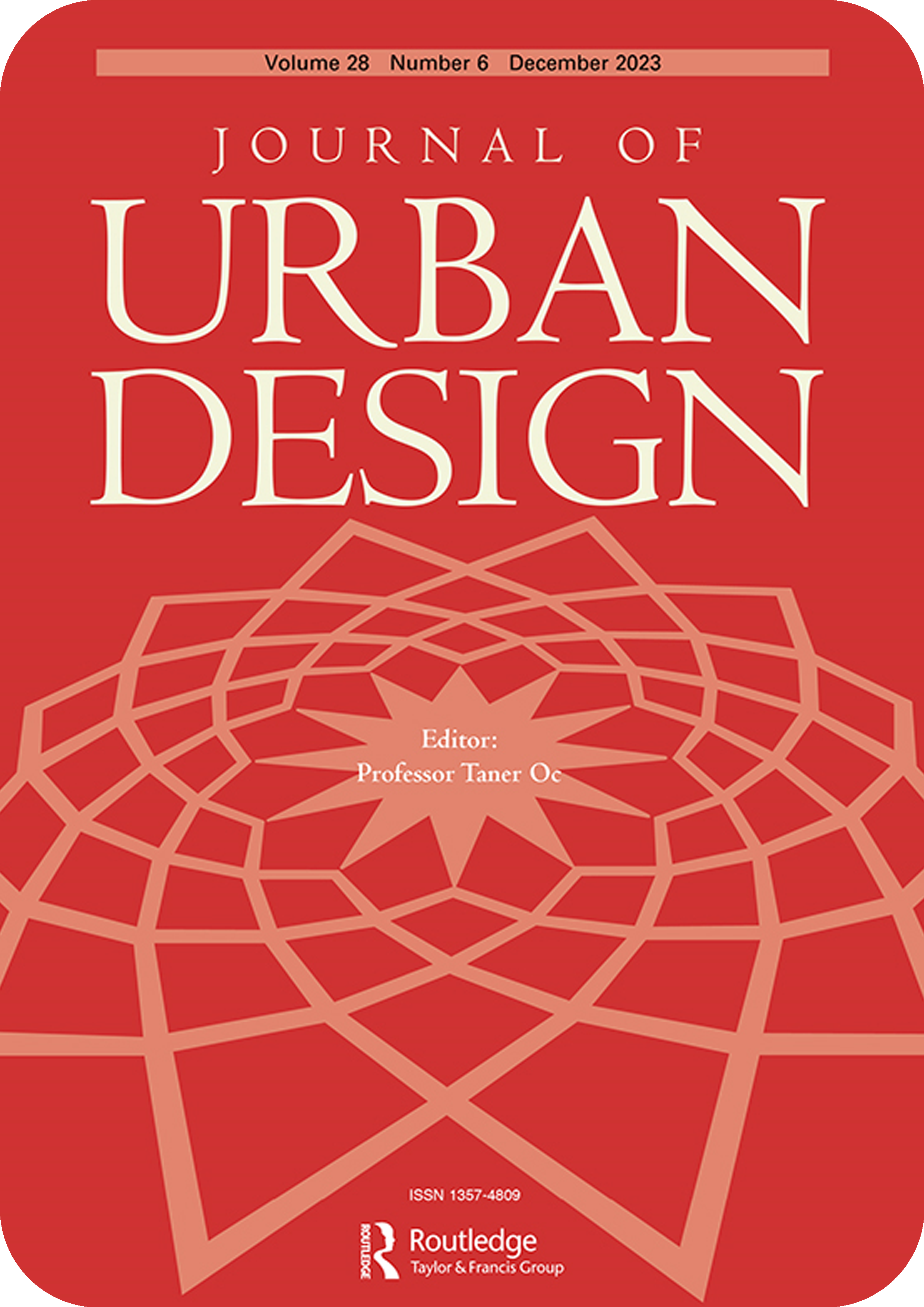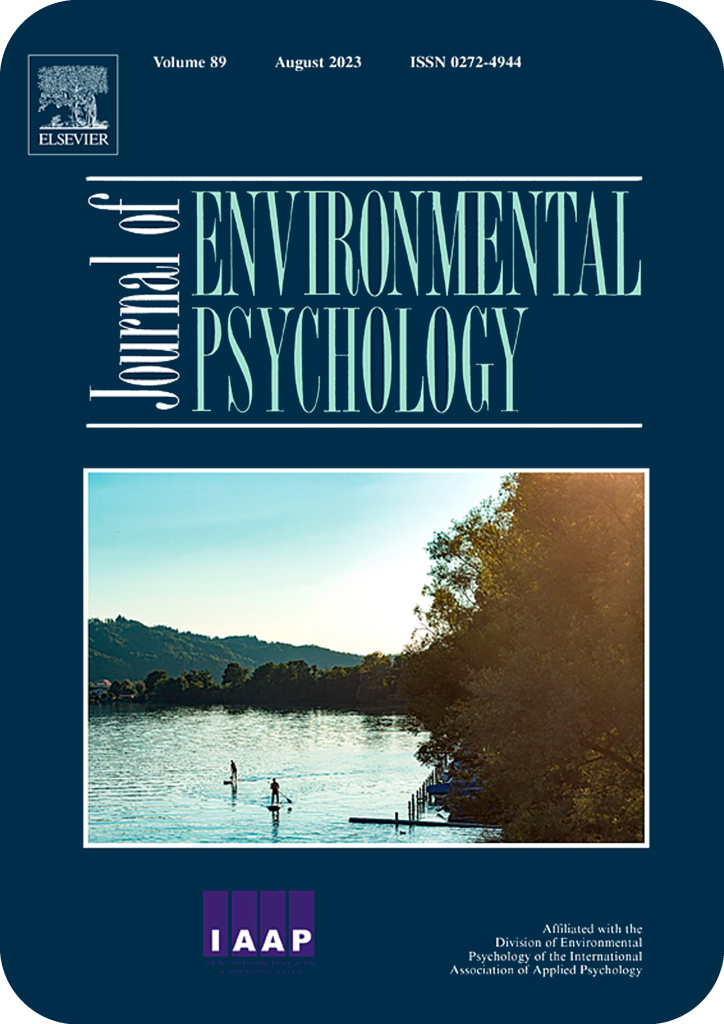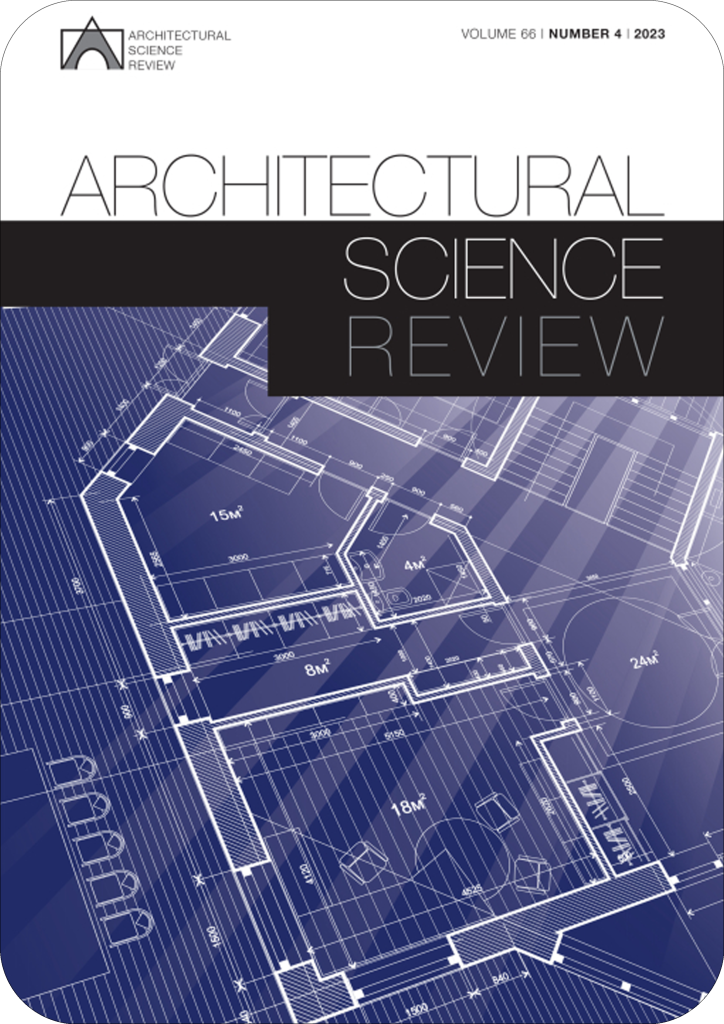
Abstract: This paper presents a virtual reality experiment in a controlled visualization laboratory. The study explores the impact of morphology on the perceived density by participants along pedestrian paths. The issue addressed is the intensification of existing urban centres, where over-crowding may diminish their viability. The basic hypothesis is that increased visibility in a given urban space will be evaluated with a lower perceived density, and in some cases, a preferred view will decrease the participant’s perceived density. This research can contribute to future research and practice for the planning and design of sustainable urban environments for the benefit of pedestrian users.
More Papers



